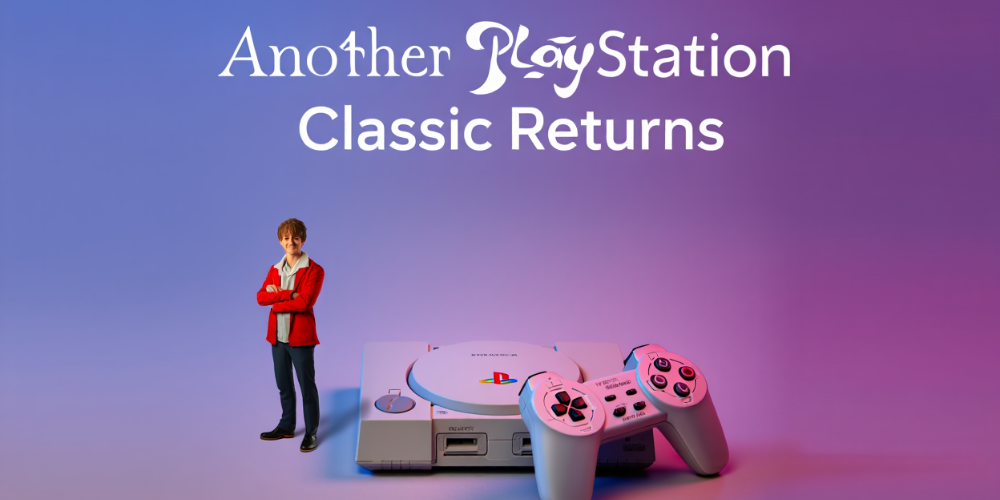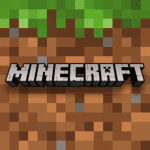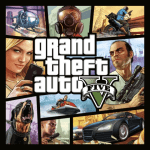Another PlayStation Classic Returns — With Help From Someone Else
2025-10-28

A beloved PlayStation‑era fighter is set to return under a publisher that isn’t Sony, and fans are buzzing. The pitch is straightforward: modernize a cult classic without losing its timing, systems, or identity. Expect sharper visuals, cleaner UI, and proper online play, not a ground‑up remake that rewrites muscle memory. It’s part of a broader trend where third‑party specialists take on preservation with a wider platform footprint and community‑first features. If the team threads the needle—respect the original, remove friction, and deliver stable online—this revival can feel like the game you remember, just finally future‑proofed.
The make‑or‑break factor is online infrastructure. Rollback netcode with good input handling is essential, or the reissue risks becoming a shelf piece. Look for a public network test, platform parity notes, and options like delay tuning, ping display, and region filters. Training mode should be robust on day one: frame data, input history, hitbox viewer, save‑state resets, and CPU recordings. Practical QoL—button remapping, colorblind aids, vibration sliders, and clean lobbies—helps both veterans and newcomers commit sessions to learning, not menu wrestling or connection roulette.
Preservation doesn’t mean fossilization. Visual updates should target readability: higher‑res assets, crisper effects, and improved camera behavior that doesn’t disrupt spacing or confirms. Audio passes can remaster tracks while offering a legacy toggle for purists. Balance changes, if any, should be surgical—bug fixes, infinites quashed, and egregious option selects tightened—while keeping matchup DNA intact. If licensing complicates music or cameos, transparent substitutions with clear labeling avoid confusion. The best revivals document everything with in‑game guides so players actually understand the systems that made the classic sing.
Business choices matter, too. A multi‑platform launch grows the player pool, stabilizing matchmaking and justifying server spend. Cross‑play, if feasible, stretches the tail even further; anti‑cheat should be light on performance and respectful of privacy. Post‑launch, a modest roadmap with bug fixes, netcode refinement, and occasional cosmetics keeps interest alive without fragmenting the base. Community tournaments, creator packs, and replay leaderboards can spotlight tech while giving new players an aspirational path. Done right, the game becomes a living archive and a competitive playground simultaneously.
Conclusion
If you plan to jump in, watch for three proof points: a rollback‑focused test that feels responsive, training tools that teach the real meta, and clear commitments to cross‑platform health. If those land, this won’t just be a nostalgia tour—it’ll be a viable modern fighter that respects your time. Set expectations around preservation with polish, not reinvention, and be ready to provide feedback during tests. With the right stewardship, a once‑dormant PlayStation icon can earn a second life that welcomes new challengers while honoring the legacy veterans still love.






